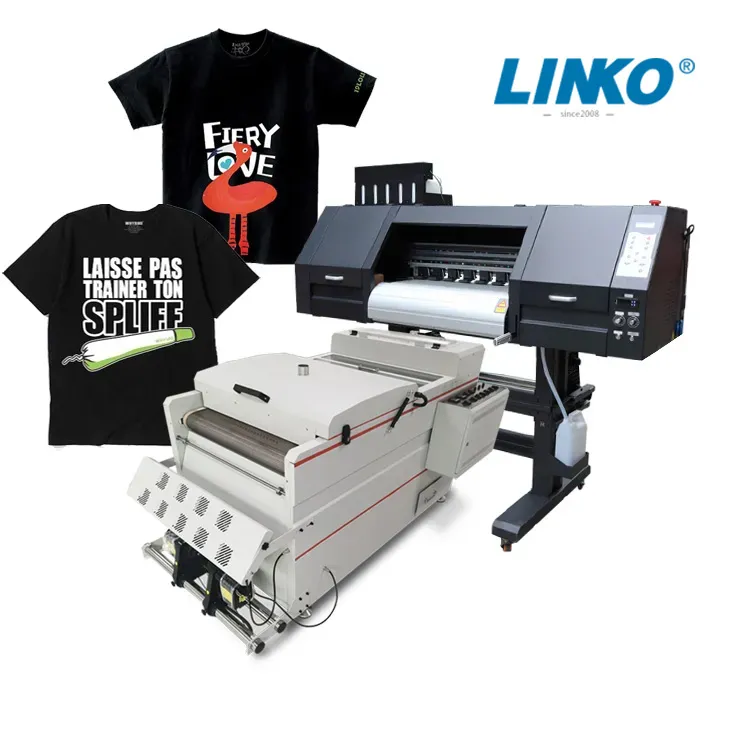Discovering the Art of DTF Printing: Strategies and Applications Revealed
Discovering the Art of DTF Printing: Strategies and Applications Revealed
Blog Article
The Future of Fashion: Discovering DTF Printing Innovation in the Fabric Market
Among these innovations, Direct to Film (DTF) printing modern technology has actually arised as a promising contender, providing special capacities and possibilities for developers and manufacturers alike. This advanced printing method has sparked interest due to its potential to transform conventional textile printing processes.
Evolution of Textile Printing
Throughout history, the evolution of textile printing has been a testament to the innovative developments in this elaborate art form. From the ancient civilizations using strategies like block printing to the electronic change of today, textile printing has actually consistently pressed borders. The beginnings of textile printing can be traced back to China around 220 AD, with making use of wood blocks to print on silk materials. As the craft spread to various other components of the globe, brand-new approaches such as screen printing and roller printing emerged throughout the Industrial Change, reinventing the fabric industry - DTF Printing.
The intro of digital fabric printing in the late 20th century noted a significant shift in the direction of even more versatile and sustainable printing methods. The development of fabric printing showcases an abundant history of imagination, resourcefulness, and technological development in the globe of style and layout.
Benefits of DTF Innovation
With the development of fabric printing techniques from ancient techniques like block printing to contemporary technologies such as digital printing, the introduction of Direct-to-Fabric (DTF) innovation has actually dramatically enhanced the efficiency and sustainability of textile printing processes. One of the key advantages of DTF innovation is its capacity to straight publish designs onto fabric without the need for transfer papers, which decreases waste and simplifies the production process. Additionally, DTF printing enables better shade vibrancy and information precision compared to typical approaches, enabling textile producers to develop intricate and top notch styles effortlessly.
In addition, DTF modern technology is understood for its adaptability, as it can be utilized on different sorts of fabrics, including all-natural fibers like silk, wool, and cotton, in addition to synthetic products such as polyester and nylon (DTF Printing). This adaptability opens up a large range of possibilities for developers and makers to experiment with various structures and materials, leading to even more special and innovative products in the apparel industry. On the whole, the execution of DTF technology stands for a considerable advancement in textile printing, providing numerous benefits that contribute to the future sustainability and creative thinking of the industry
Sustainability in Style Production
Stressing green methods is paramount in modern fashion manufacturing, aligning with the expanding consumer need for lasting products. Recently, the fashion sector has encountered enhancing analysis due to its significant environmental impact, including too much water usage, chemical contamination, and fabric waste. As an action, several fashion brand names are now including sustainable techniques into their manufacturing procedures to minimize damage to the environment.
Sustainability in fashion production incorporates various elements, such as making use of natural and recycled materials, minimizing power consumption, applying honest labor techniques, and advertising openness throughout the supply chain. Additionally, innovations in click to find out more technology, like DTF printing, offer chances to additionally boost sustainability in fabric production. This modern technology enables accurate printing on materials, lowering ink wastefulness and water use contrasted to traditional printing methods.
Design Freedom and Personalization

In addition, DTF printing helps with modification on a scale formerly unattainable, enabling for individualized clothes and one-of-a-kind pieces customized to specific preferences. On the whole, DTF printing technology reinvents the layout landscape in the textile market, offering countless possibilities for imaginative expression and personalized fashion.
Influence On Supply Chain & Market Trends
DTF printing innovation in the Check This Out fabric market is reshaping supply chain dynamics and affecting market fads with its effectiveness and customization capabilities. By enabling on-demand printing and removing the requirement for big inventories, DTF technology improves the supply chain procedure.
Furthermore, the modification capacity of DTF printing modern technology is transforming the market fads in the textile market. As an outcome, DTF innovation is driving a change towards more customer-centric and cutting-edge strategies within the textile market, forming the future of fashion.

Conclusion
To conclude, DTF printing modern technology is transforming the fabric sector by providing countless benefits such as layout sustainability, liberty, and customization. This cutting-edge technology is reshaping the future of fashion manufacturing, influencing supply chains, and driving market trends in the direction of a lot more environment-friendly and reliable techniques. As the sector proceeds to evolve, DTF printing will play an important function fit the way fabrics are generated and eaten in the years to find.
From the ancient civilizations using techniques like block printing to the electronic transformation of today, fabric printing has actually consistently pushed limits. As the craft spread to other components of the globe, brand-new techniques Look At This such as screen printing and roller printing emerged during the Industrial Revolution, transforming the textile market.
The intro of electronic fabric printing in the late 20th century noted a considerable shift towards even more lasting and versatile printing techniques.With the development of textile printing strategies from old approaches like block printing to modern-day technologies such as electronic printing, the introduction of Direct-to-Fabric (DTF) technology has significantly improved the effectiveness and sustainability of fabric printing processes (DTF Printing).In reaction to the necessary shift towards sustainability in fashion production, the fostering of ingenious technologies like DTF printing not only addresses ecological problems but also opens up methods for unrivaled style freedom and personalization in the textile market
Report this page